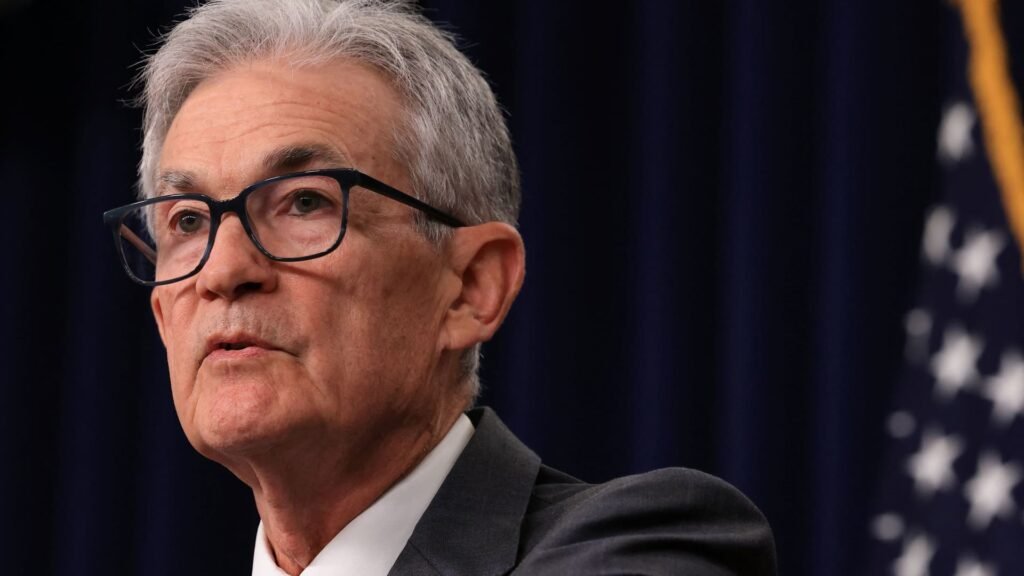Before Friday’s July employment report, traders were eager for the Federal Reserve to cut interest rates by a quarter of a percentage point in September. But that was for one day. Friday was a different story. With concerns of a slowdown or recession more apparent after nonfarm payrolls growth last month came in just below expectations, markets are now calling for the Fed to cut interest rates by at least a half-point at its next meeting. The Bureau of Labor Statistics reported that payrolls rose by just 114,000 jobs compared to expectations of 185,000, and the unemployment rate rose to 4.3%, the highest since October 2021. “With the labor market now showing clear signs of softening, a half-point Fed cut in September is clearly justified,” said Yun-Yu Ma, chief investment officer at BMO Wealth Management. “The Fed is already behind and has overly tightened rates. A 50-basis-point cut in September would only put them in catch-up, not in front.” Ma’s thoughts were representative of Wall Street commentary on Friday. Citigroup was the first to announce the half-point cut as part of its official forecast. The firm, which has long argued the Fed needs to cut rates aggressively this year, now expects a 25-basis-point cut in December and another 50-basis-point cut in November. A basis point is equal to one-hundredth of a percentage point. Economists and market strategists have speculated that the central bank should have gone ahead with a quarter-point cut at its two-day meeting that ended Wednesday instead of hinting at a cut in September. “There was already concern that the Fed was lagging behind on rate cuts, and this report confirms that view,” said David Donabedian, chief investment officer at CIBC Private Wealth. “The risk of a recession is increasing if the Fed does not act more quickly now.” Is a recession near? One commonly cited concern is the “sum rule,” which uses rising unemployment as an indicator of a recession. The rule states that a recession occurs when the three-month average of unemployment is 0.5 percentage points higher than the 12-month low. In this case, the respective figures are 4.1% and 3.5%, indicating that the rule has been triggered. While some economists and Fed officials have emphasized the peculiarities of the current state of the post-COVID economy, some remain concerned that the rule may prove correct again. “You have to acknowledge that the sum rule captures an important aspect of the historical data,” said Preston Caldwell, chief U.S. economist at Morningstar. “I think the market has overreacted to some extent. … That said, it’s time for the Fed to lower the federal funds rate.” The market certainly reacted hard to the employment news. The S&P 500 fell more than 2.5% and Treasury yields tumbled, with the policy-sensitive two-year note dropping more than 0.25% to 3.91%. Fed funds futures prices also soared, with traders seeing a half-point cut likely in November and at least one point of cuts for the rest of the year. Indeed, the Fed funds futures market has been wildly off the mark in predicting rate cuts for much of 2024. Momentum is shifting back to expectations of aggressive easing earlier this year. “The Fed is behind the economic curve as much as it was behind the inflation curve in 2021 and 2022, and this policy misstep will be costly, especially given the tense political environment with just three months until the election,” wrote David Rosenberg, founder of Rosenberg Research. Fed Chairman Jerome Powell was asked in a post-meeting press conference why he hadn’t acted this week if he felt a cut was coming. “The committee’s broad sense is that we are approaching a time when it would be appropriate to lower the policy rate, but we’re not there yet,” he said. But some investors are worried the Fed’s comments could come back to haunt them. Policymakers will resume public speeches next week, in which they will have to explain their current stance. “The employment data is a major development that shows the Fed made a policy mistake by not lowering the federal funds rate this week,” said Jamie Cox, managing partner at Harris Financial Group. “It’s entirely possible that the Fed will change its inter-meeting communication on the risk balance and put any doubts to rest.” [of] September interest rate cut
Subscribe to Updates
Subscribe to our newsletter and stay updated with the latest news and exclusive offers.
Concerns grow that the Federal Reserve is moving too slowly to cut interest rates
Related Posts
Add A Comment
Services
Subscribe to Updates
Subscribe to our newsletter and stay updated with the latest news and exclusive offers.
© 2025 Business Investopedia. All Rights Reserved.



